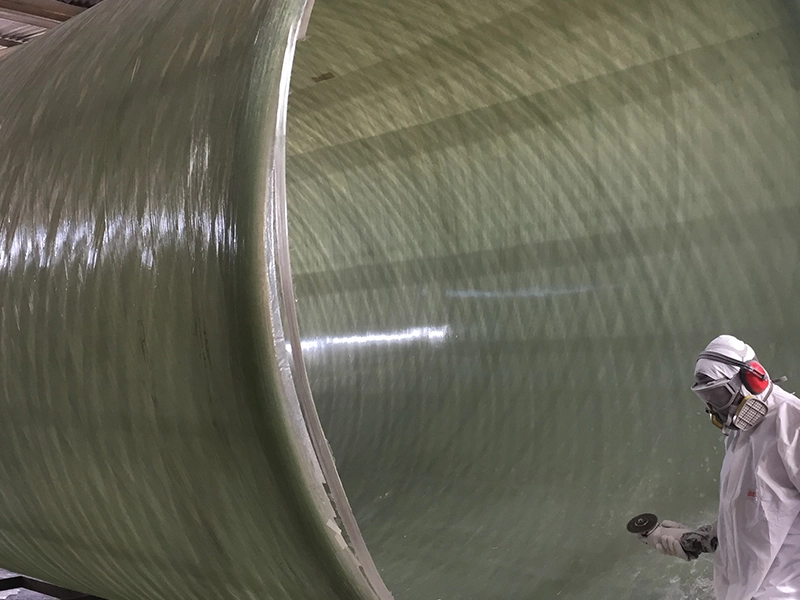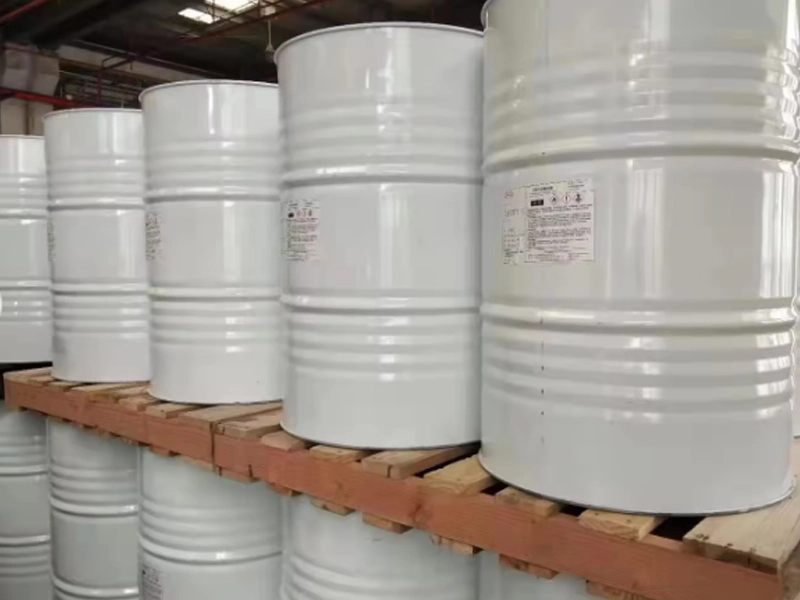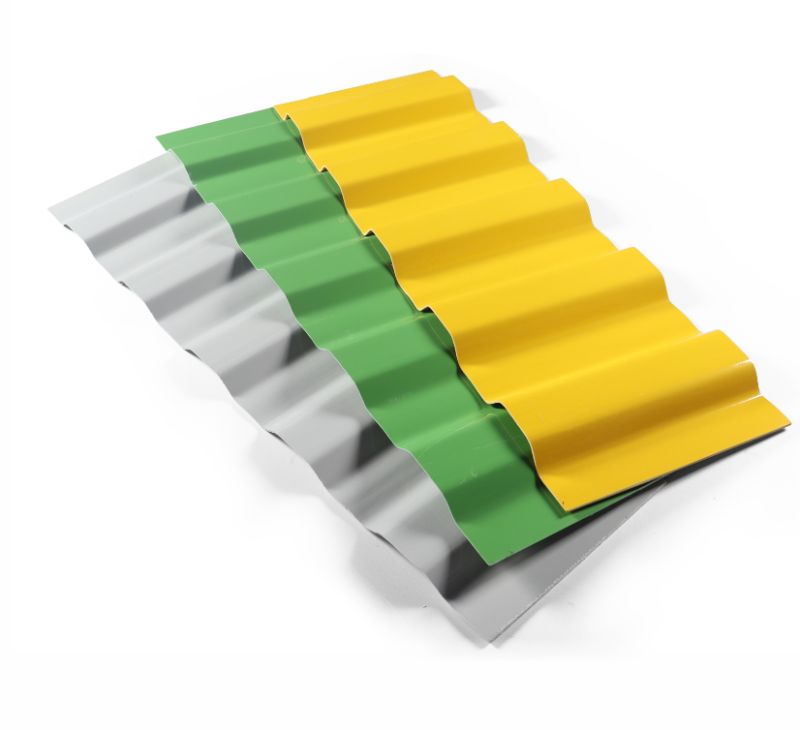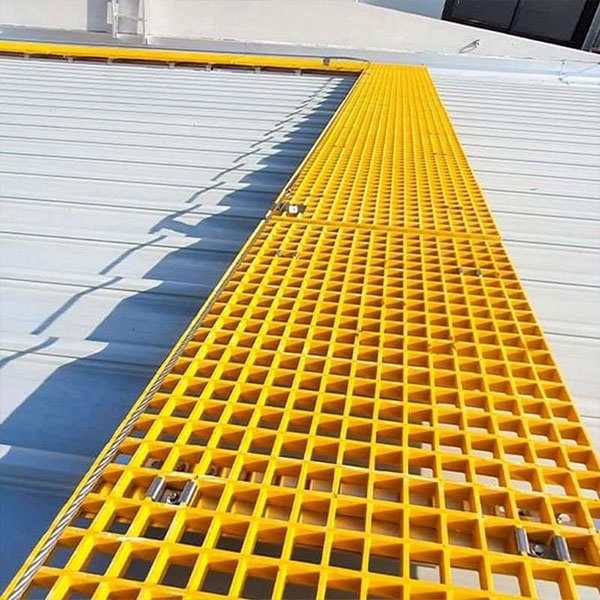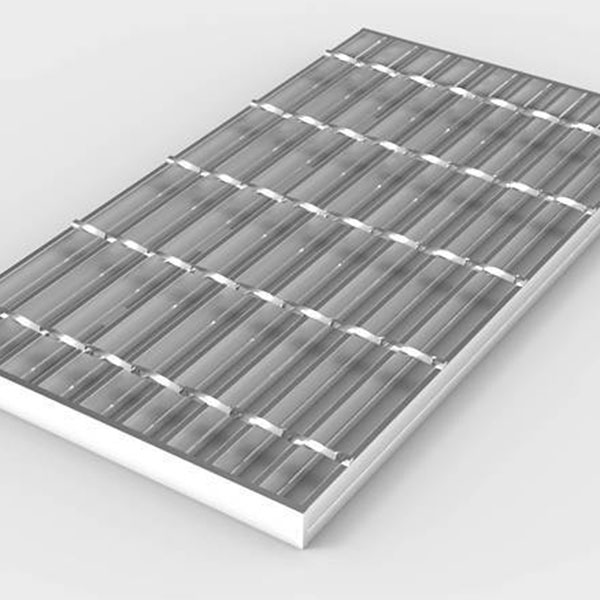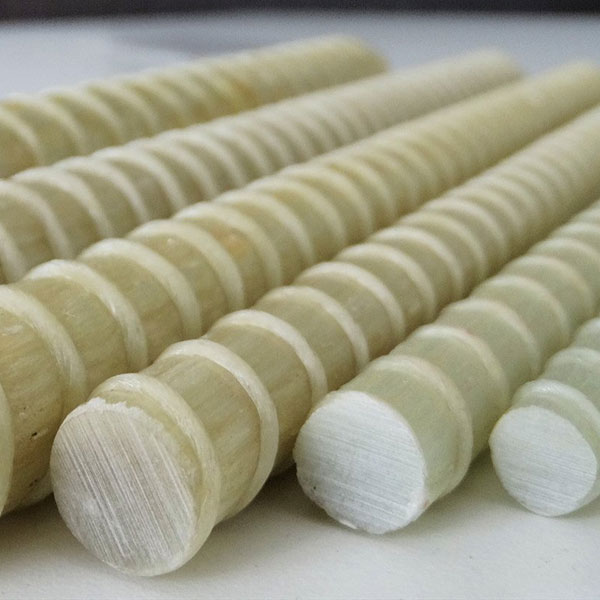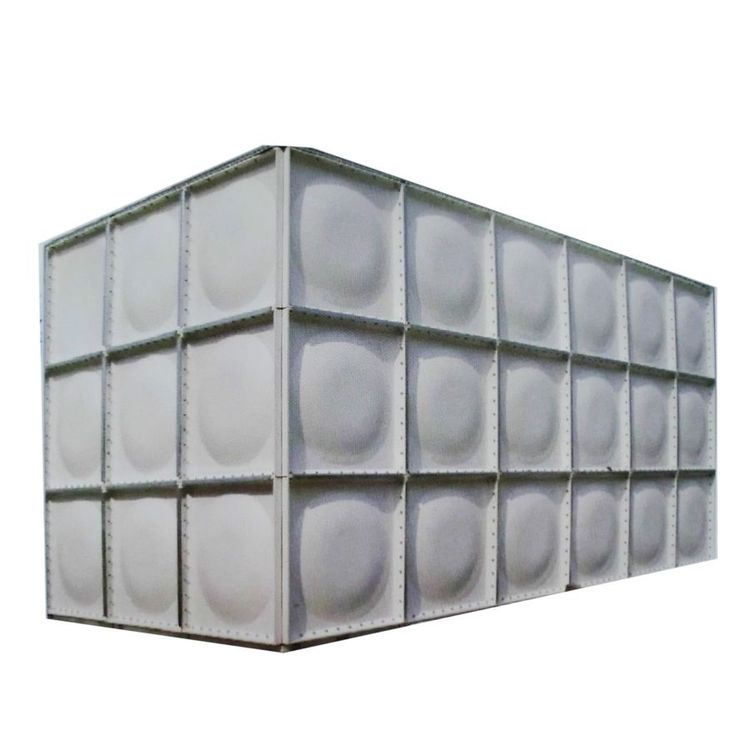Filament winding resin is a specialized type of resin that is used in the filament winding process to create high-performance composite materials. Filament winding is a method of manufacturing composite structures by winding continuous fibers, such as fiberglass or carbon fiber, around a rotating mandrel or mold and impregnating them with resin. The resin acts as a binding agent, holding the fibers together and providing strength and durability to the final product.
Product performance introduction
Filament Winding Resin
Series :
Unsaturated Polyester Resin >application
Filament winding is an automated process that applies resin-saturated, continuous strands of fiber reinforcements over a rotating cylindrical mold.
Brand name :
Filament Winding Resin
FAQ
Q :
Are you acting as a distributor?
A :
Yes.
Q :
What are your strengths?
A :
Cheap prices!
Other related products

